Mathematical theory of the attention mechanism and its applications in operator learning
Blog posts
References
-
Guo, R., Cao, S. and Chen, L. (2023) “Transformer Meets Boundary Value Inverse Problems,” in Eleventh International Conference on Learning Representations (ICLR 2023). Available at: https://openreview.net/forum?id=HnlCZATopvr.
-
Cao, S. (2021) “Choose a Transformer: Fourier or Galerkin,” in 35th Conference on Neural Information Processing Systems (NeurIPS 2021). Available at: https://openreview.net/forum?id=ssohLcmn4-r.
-
Cao, S., Brarda, F., Li, R. and Xi, Y. (2025) “Spectral-Refiner: Accurate Fine-Tuning of Spatiotemporal Fourier Neural Operator for Turbulent Flows,” in The Thirteenth International Conference on Learning Representations. Available at: https://openreview.net/forum?id=MKP1g8wU0P.
Theory and applications of virtual element method for interface problems
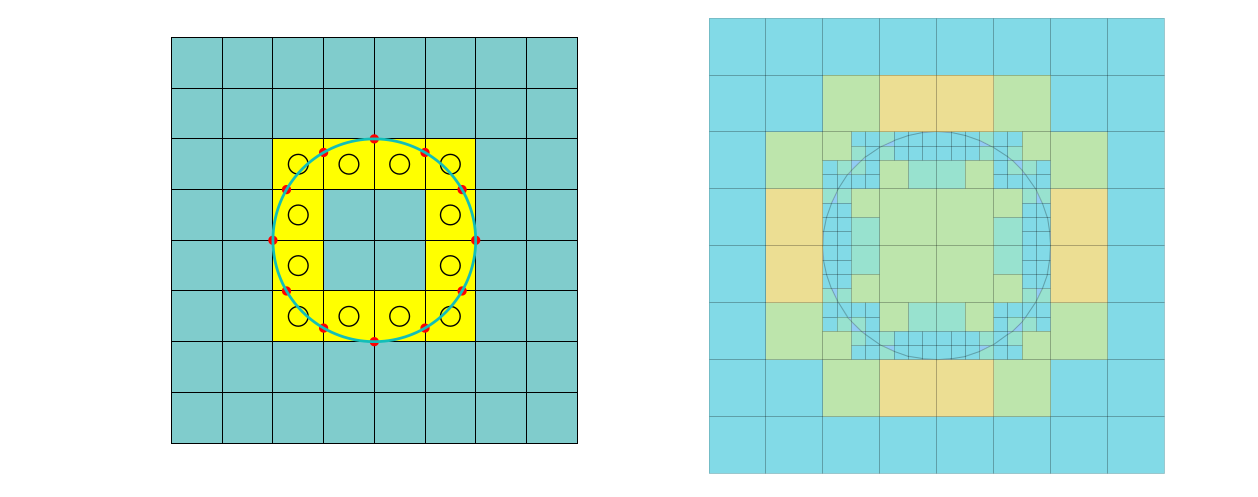
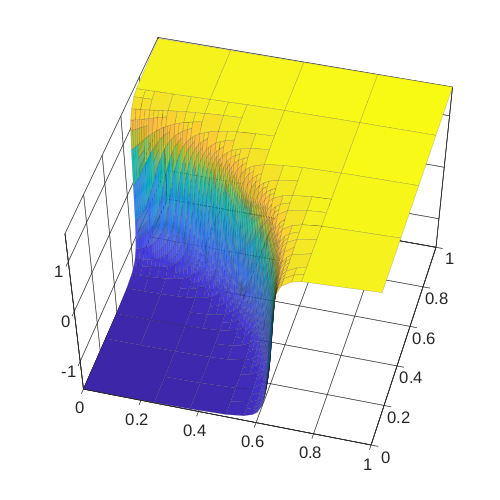
Blog posts
- Implementing data structures for polygonal finite elements
- Remarks and notes on the trace theorems on Lipschitz domains
References
-
Cao, S., Chen, L., Guo, R. and Lin, F. (2022) “Immersed Virtual Element Methods for Elliptic Interface Problems in Two Dimensions,” Journal of Scientific Computing, 93(1), pp. 1–41. doi: 10.1007/s10915-022-01949-x.
-
Cao, S., Chen, L. and Guo, R. (2021) “A Virtual Finite Element Method for Two-Dimensional Maxwell Interface Problems with a Background Unfitted Mesh,” Mathematical Models and Methods in Applied Sciences (M3AS), 31(14), pp. 2907–2936. doi: 10.1142/S0218202521500652.
-
Cao, S. (2021) “A simple virtual element-based flux recovery on quadtree,” Electronic Research Archive, 29(6), pp. 3629–3647.
-
Cao, S. and Chen, L. (2019) “Anisotropic error estimates of the linear nonconforming virtual element methods,” SIAM Journal on Numerical Analysis. SIAM, 57(3), pp. 1058–1081.
-
Cao, S. and Chen, L. (2018) “Anisotropic error estimates of the linear virtual element method on polygonal meshes,” SIAM Journal on Numerical Analysis. SIAM, 56(5), pp. 2913–2939.
Acknowledgement
- This research was supported in part by the National Science Foundation under grants DMS-1913080 and DMS-2136075.
Finite element methods for problems related to Maxwell’s equations
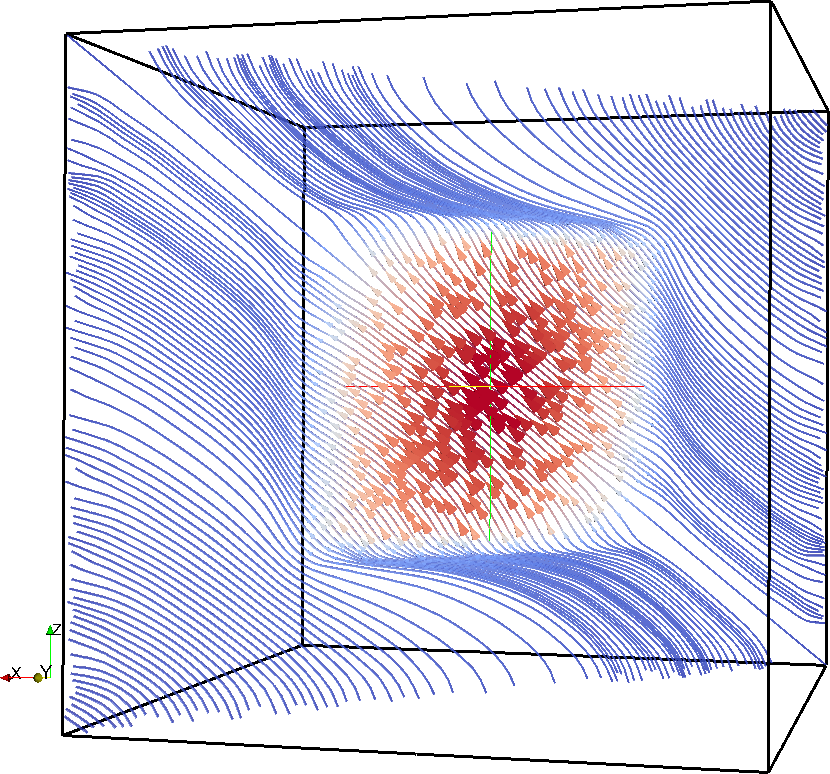
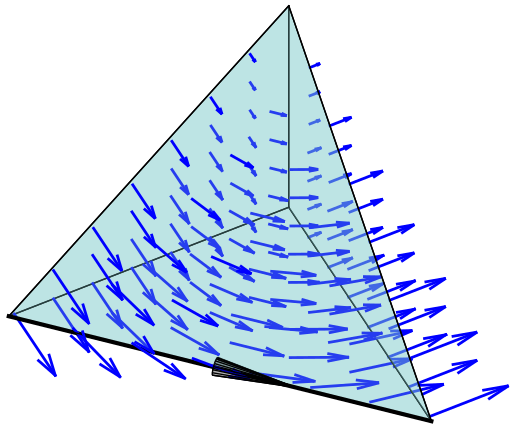
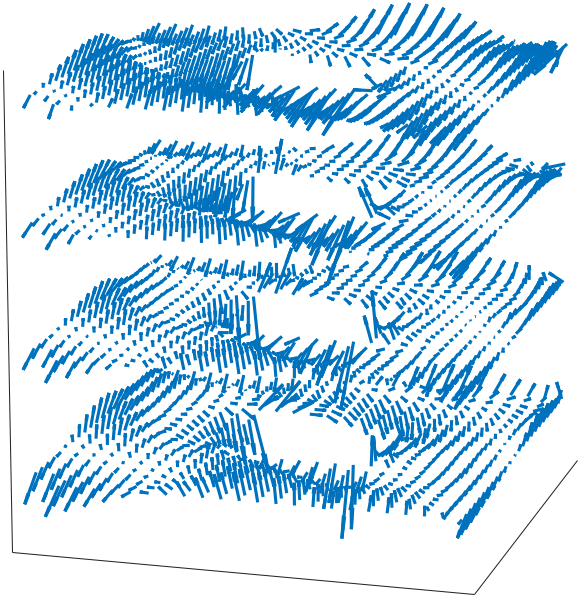
Blog posts
- Notes on the explicit construction of a Helmholtz decomposition
- Boundary conditions for a two-dimensional toy problem
- Deriving the expression of the Lorentz force using the language of a mathematician
References
-
Cao, S., Chen, L. and Huang, X. (2021) “Error analysis of a decoupled finite element method for quad-curl problems,” Journal of Scientific Computing, 90(1). doi: 10.1007/s10915-021-01705-7.
-
Cao, S., Wang, C. and Wang, J. (2022) “A New Numerical Method for Div-Curl Systems with Low Regularity Assumptions,” Computers & Mathematics with Applications, 114, pp. 47–59. doi: 10.1016/j.camwa.2022.03.015.
-
Cai, Z., Cao, S. and Falgout, R. (2016) “Robust a posteriori error estimation for finite element approximation to H (curl) problem,” Computer Methods in Applied Mechanics and Engineering. Elsevier, 309, pp. 182–201.
-
Cai, Z. and Cao, S. (2015) “A recovery-based a posteriori error estimator for H(curl) interface problems,” Computer Methods in Applied Mechanics and Engineering. Elsevier, 296, pp. 169–195.
Finite element methods and other miscellaneous topics
Blog posts
- iFEM project: construction and a MATLAB implementation of the hierarchical basis for linear finite elements
- Kernels of a bounded operator’s extension
- The well-posedness of Robin boundary value problems
- An example on the limiting case of Sobolev embedding
- The little warming up project: the discontinuous Galerkin method for linear advection equation